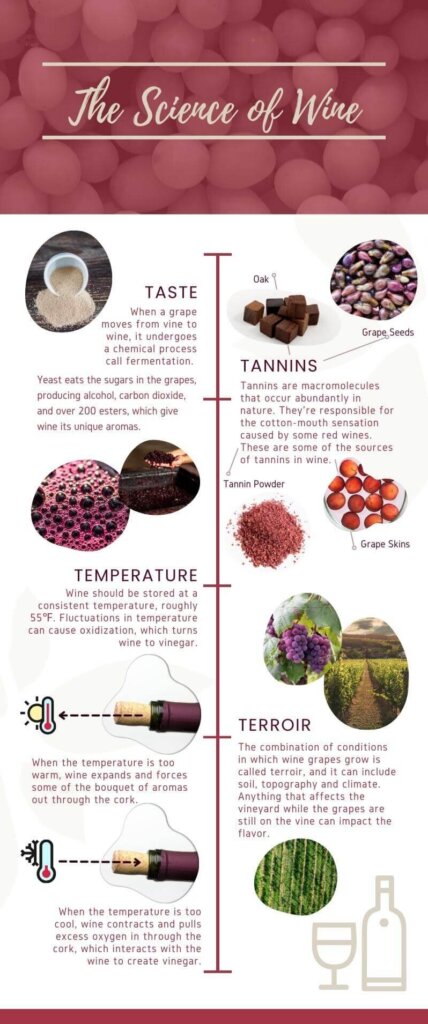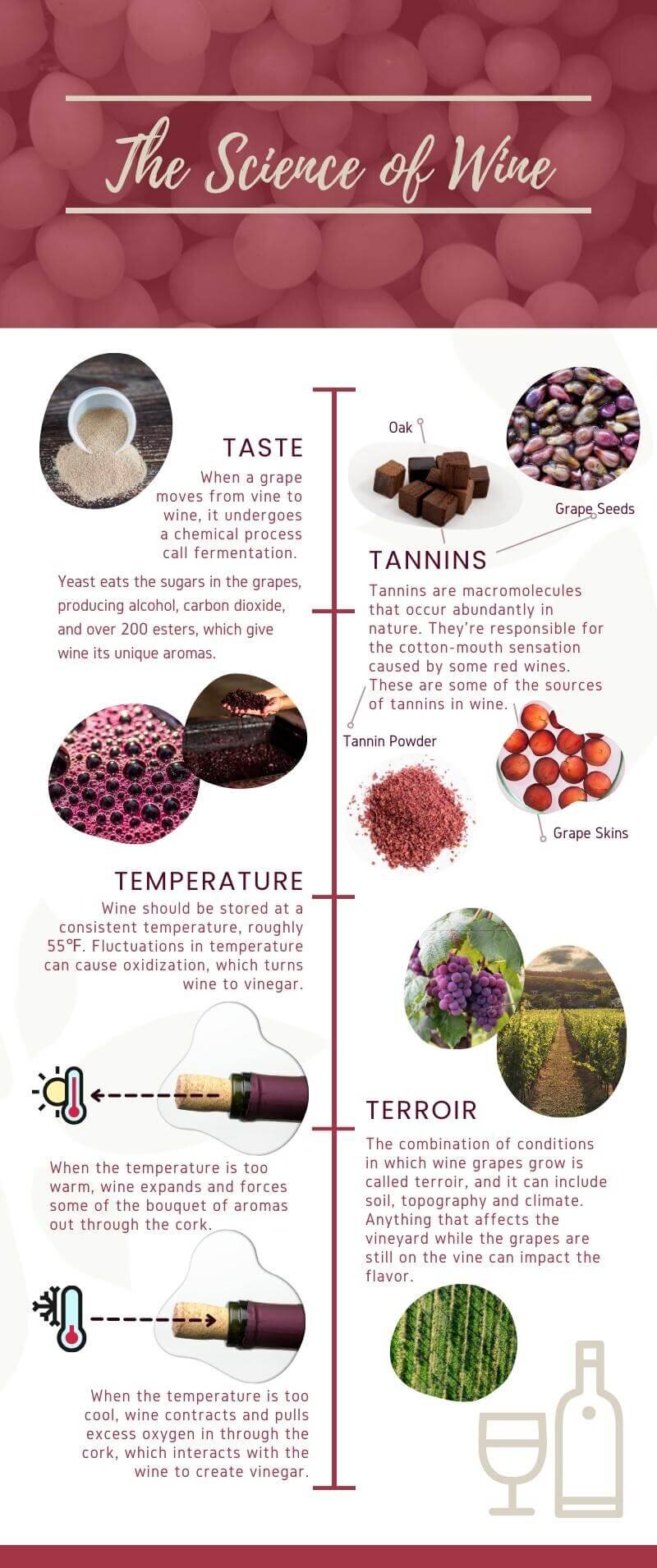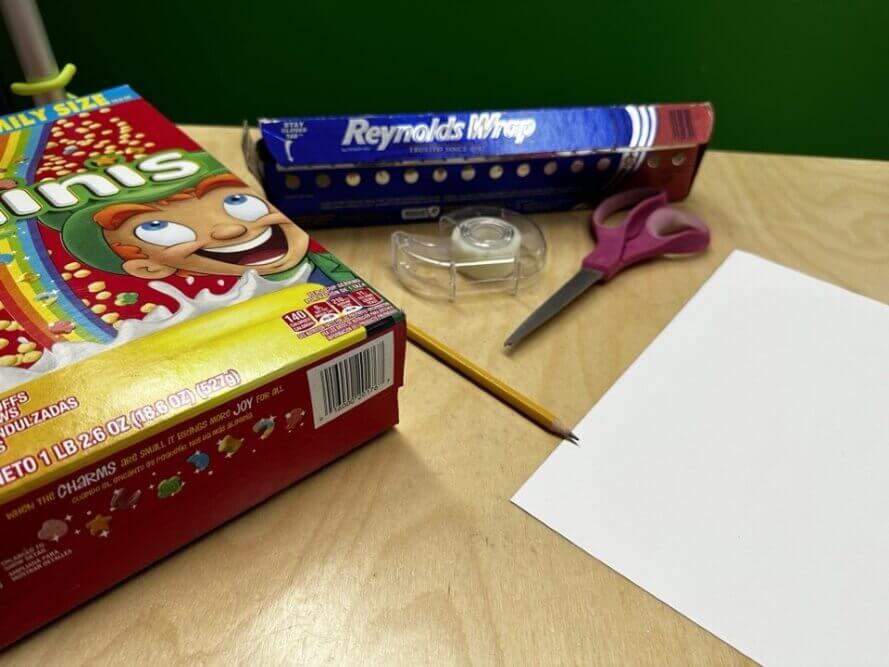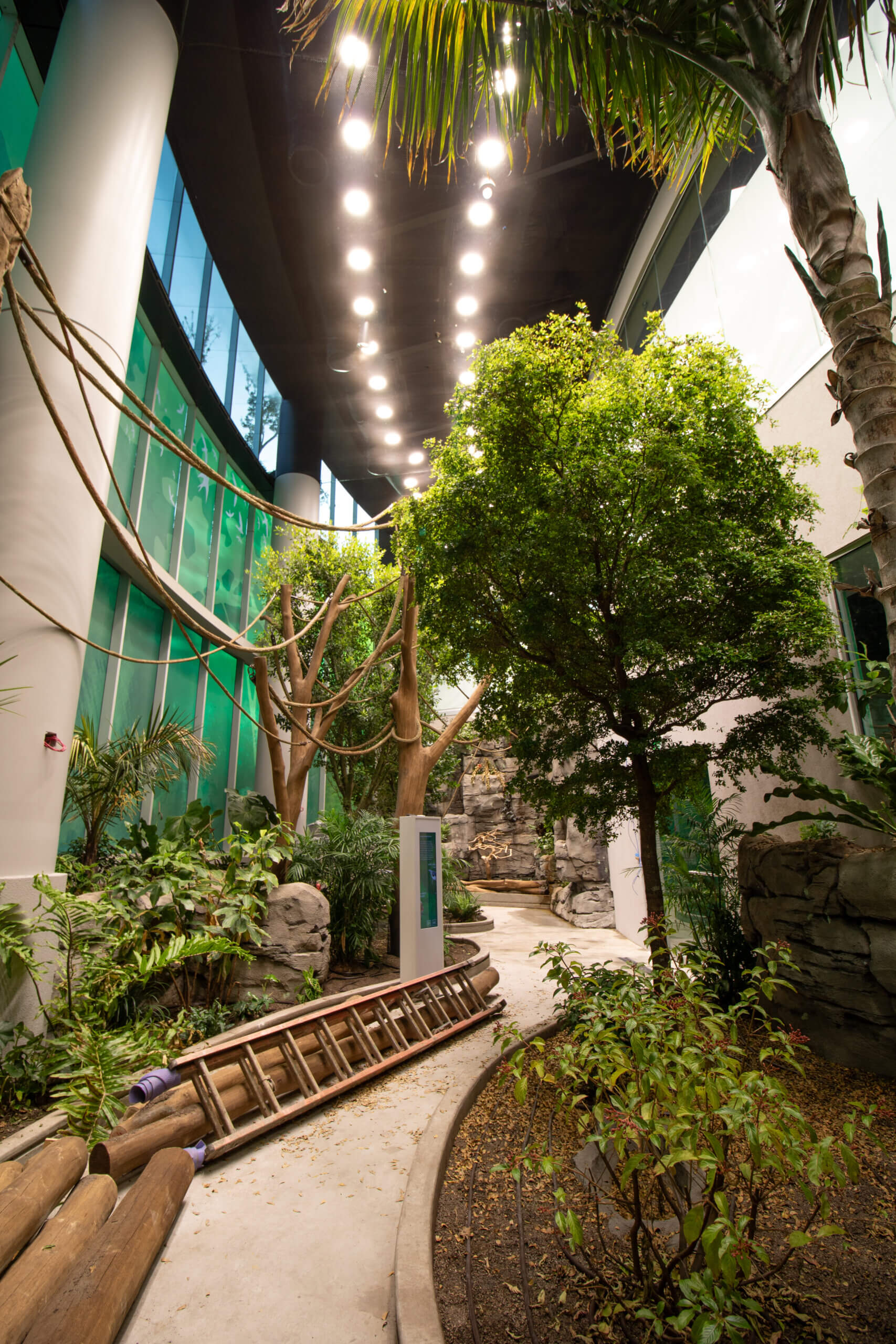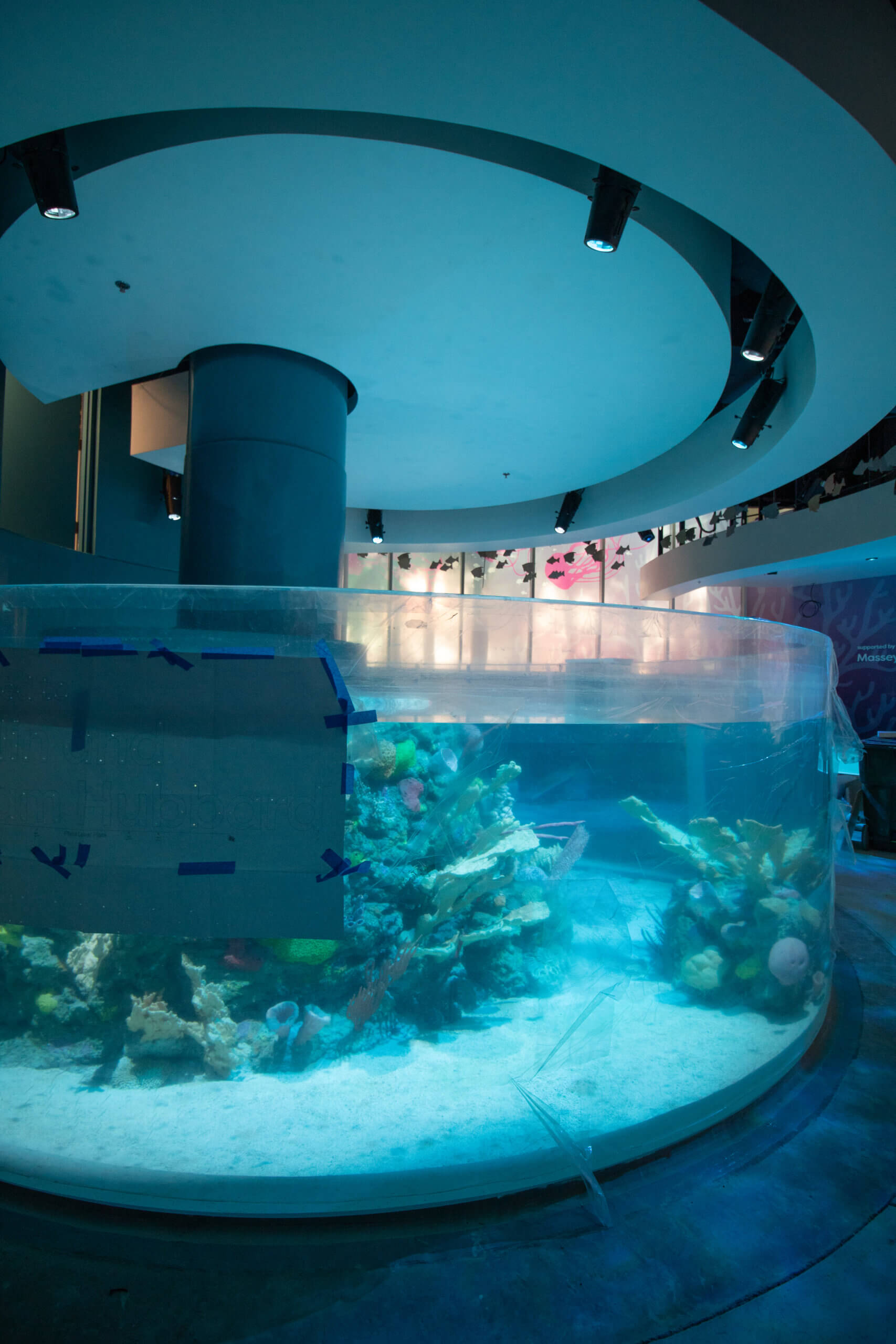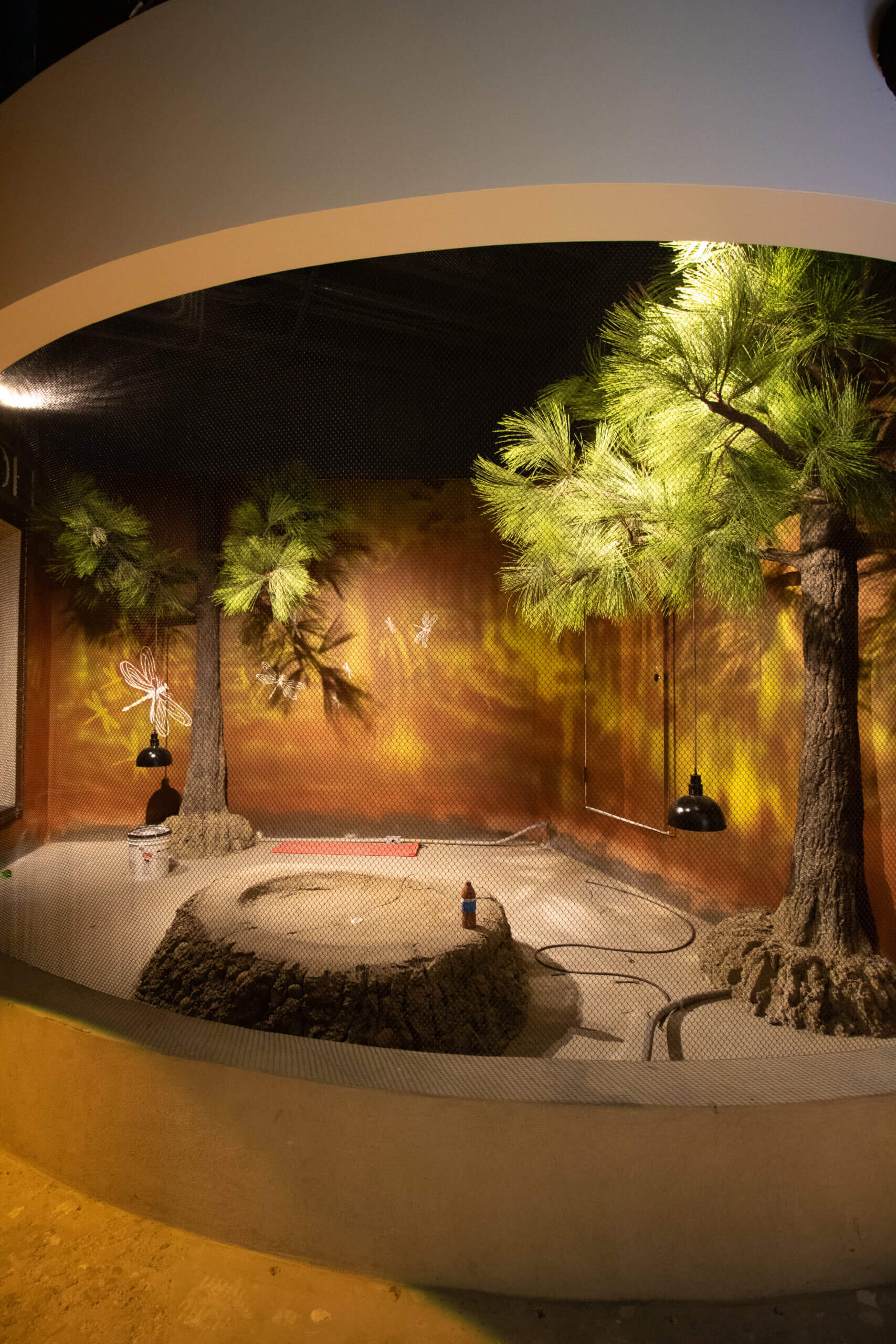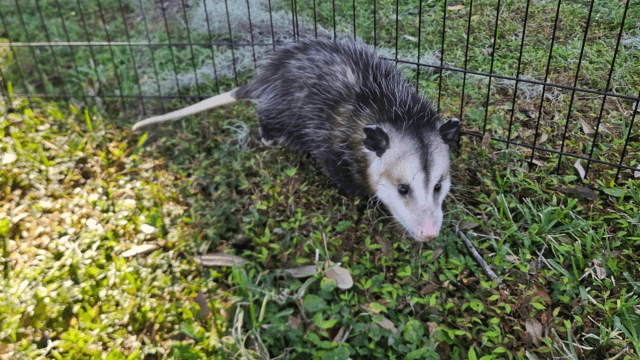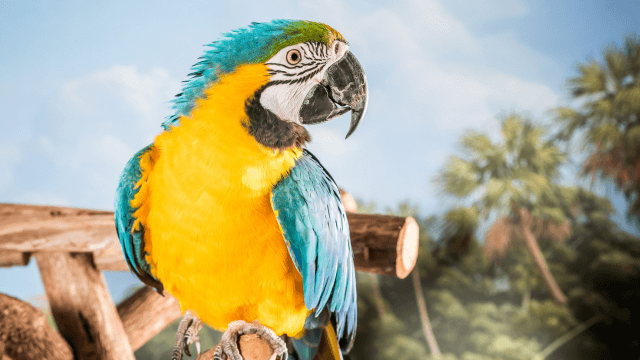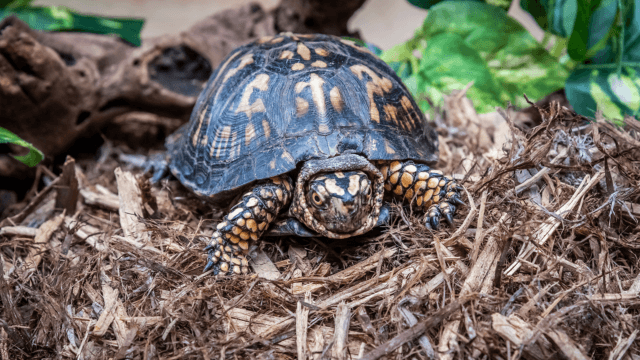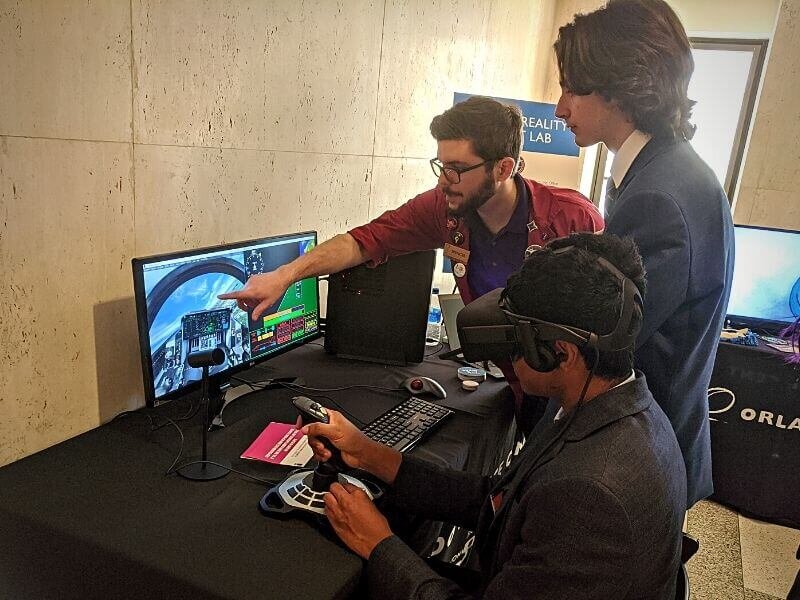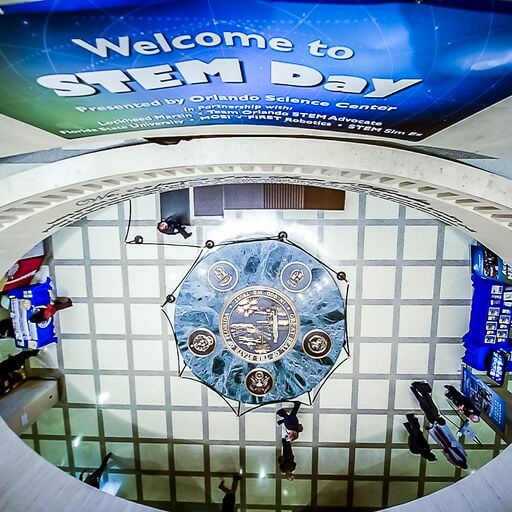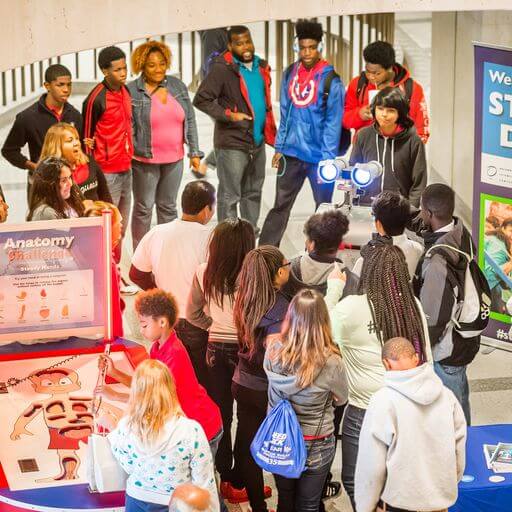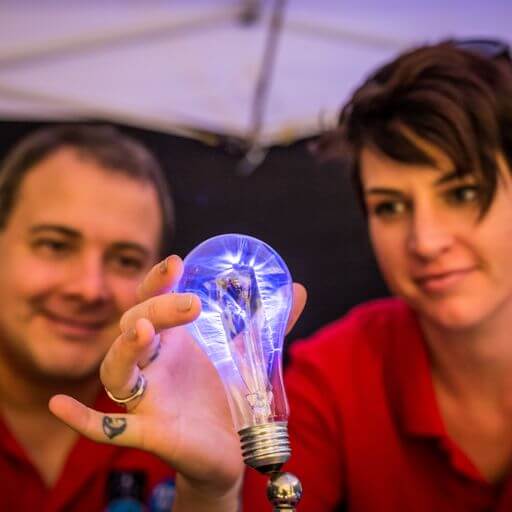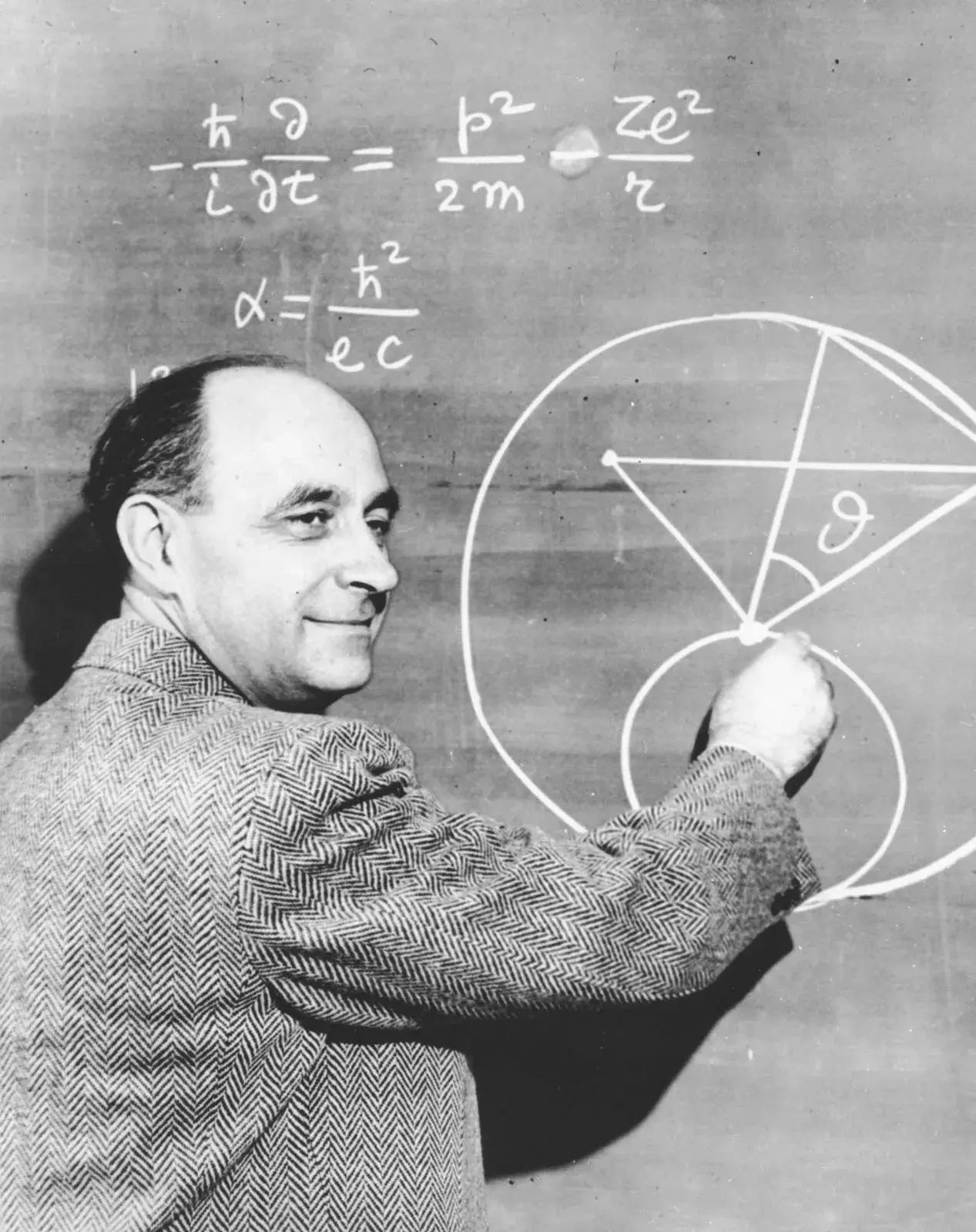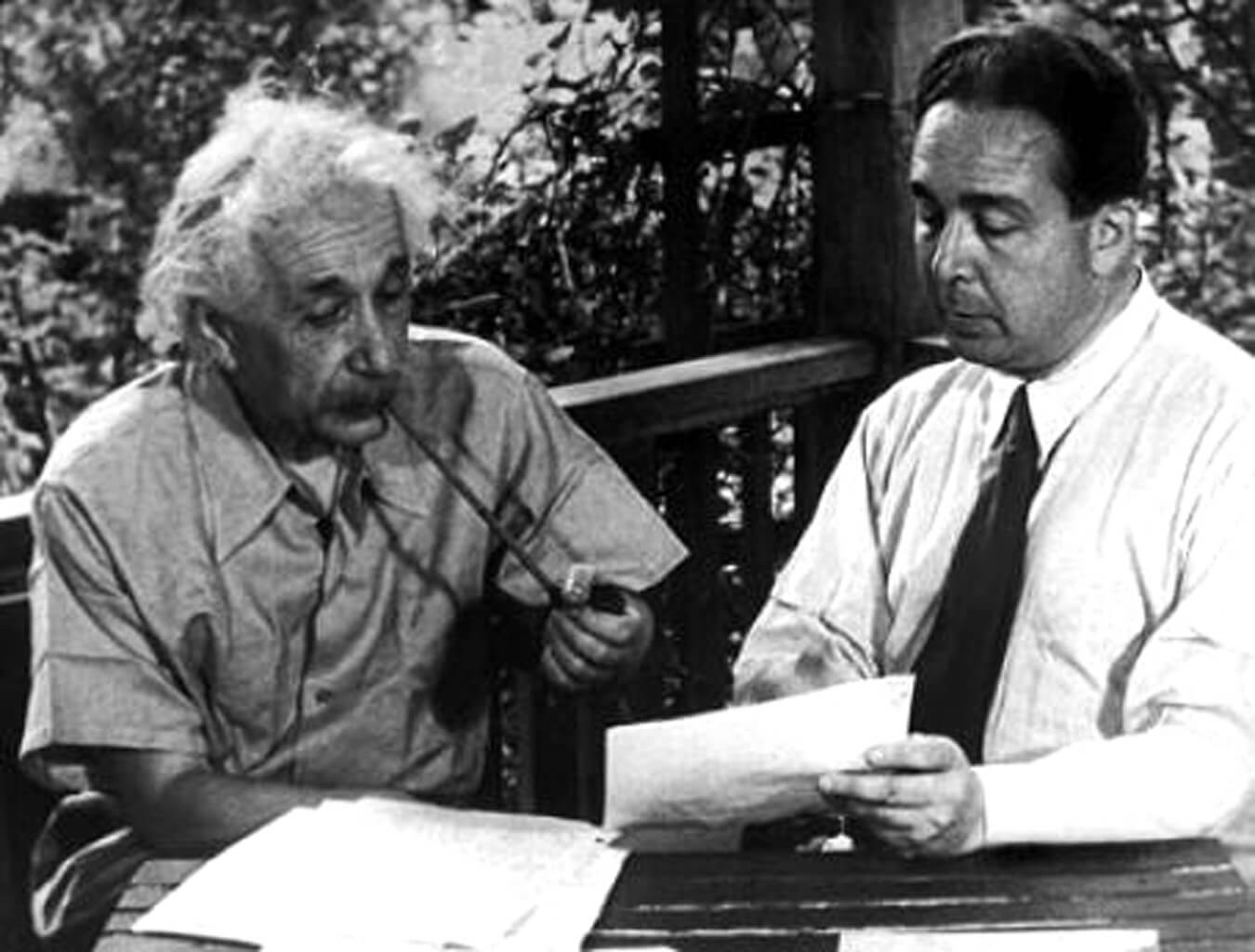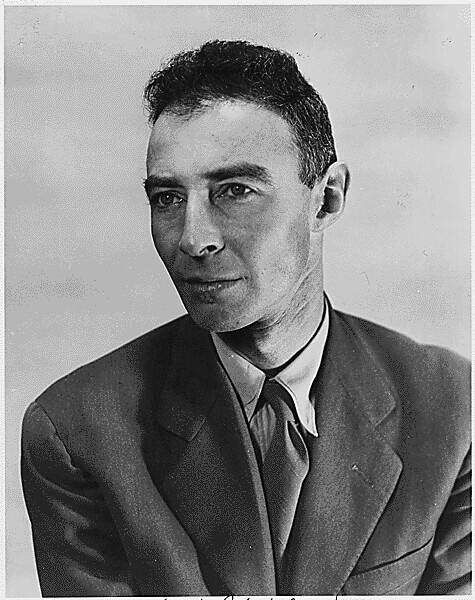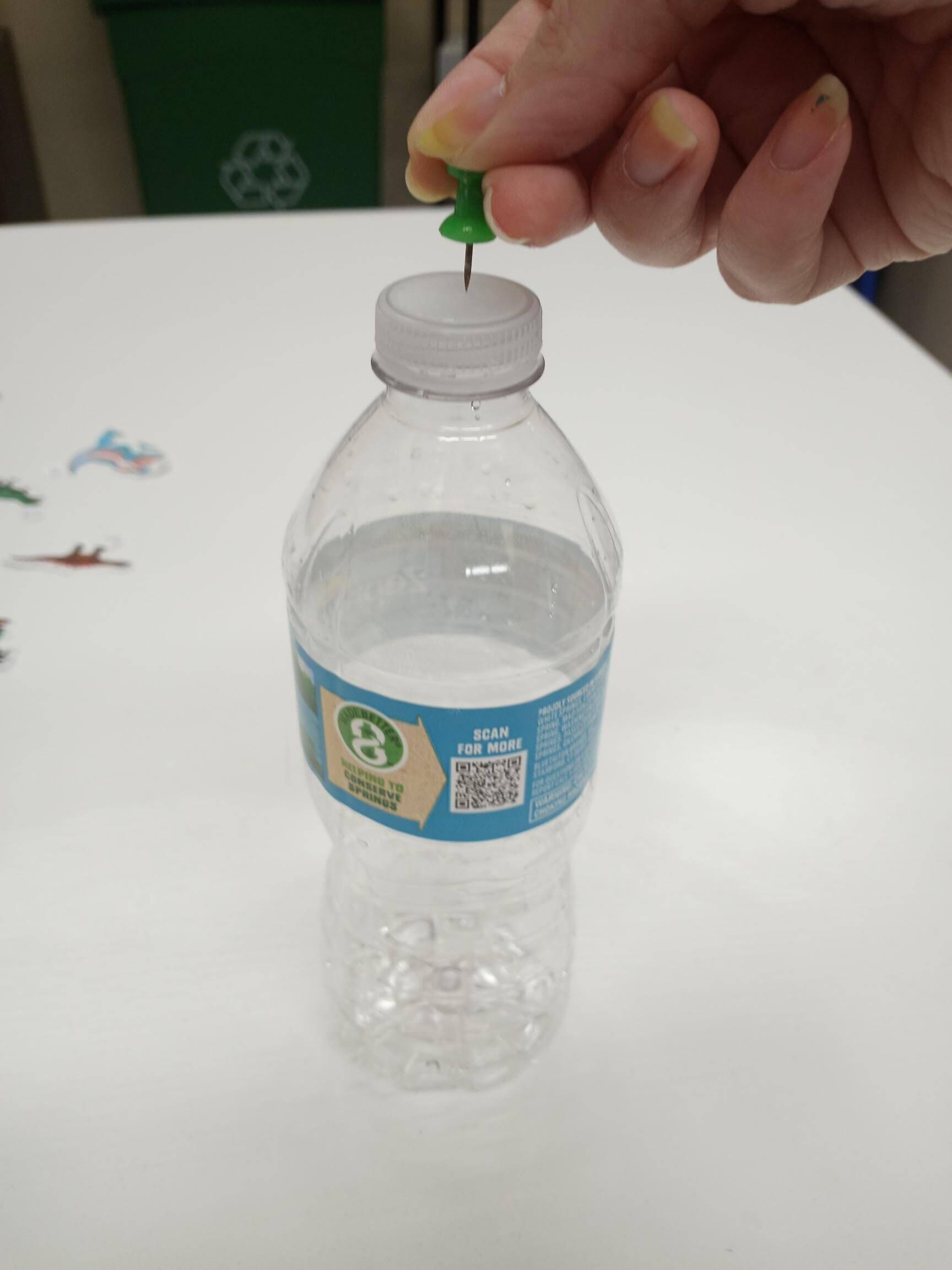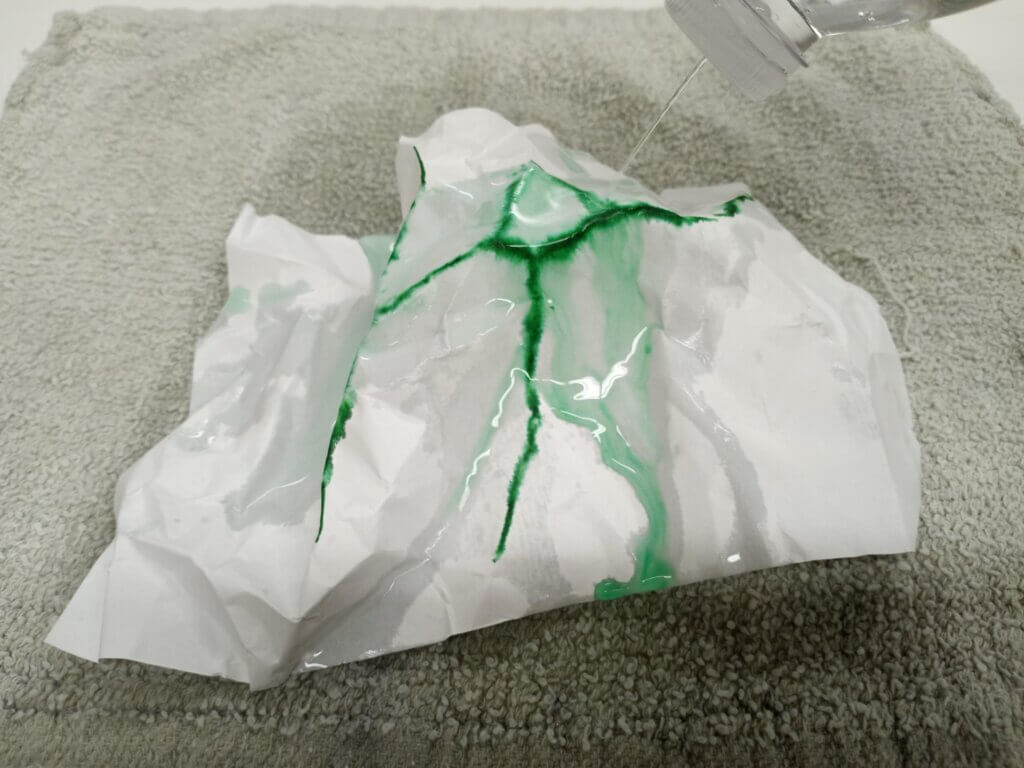Next Solar Eclipse: April 8, 2024
Did you miss the annular solar eclipse in October? Don't worry - you have another chance to experience one of the universe's greatest cosmic coincidences! Join us on April 8, 2024 for an eclipse viewing party!
Though Florida is not in the path of totality for this total eclipse, we will experience about a 60% eclipse here. While you can safely experience this phenomenon from anywhere (with proper eye protection, of course), the Science Center promises a celebration to remember!
What is going to happen?
The eclipse will begin at 1:46 pm, peak at 3:03 pm, and end at 4:17 pm giving viewers an adequate amount of time to see this celestial event as it happens. ⚠️ IT IS NEVER SAFE TO LOOK DIRECTLY AT THE SUN DURING A PARTIAL ECLIPSE WITHOUT SPECIALIZED EYE PROTECTION! This can cause severe retina damage. Our staff will be on hand to highlight how to correctly use solar eclipse glasses.
What is a solar eclipse?
A solar eclipse happens when the Moon passes between Earth and the Sun, casting a shadow on the planet. However, there are different types of solar eclipses. The eclipse in October of 2023 was an annular solar eclipse, which happens when the Moon is at its farthest point from Earth, making it appear smaller than the Sun in our sky. This creates a ring effect around the Moon. The term "annular" refers to this ring effect. A partial solar eclipse happens when the Moon, Sun, and Earth are not perfectly aligned, causing only a part of the Sun to be covered and giving it a crescent shape. A total solar eclipse happens when the Moon completely blocks the face of the Sun. In the path of totality, a total solar eclipse creates a brief period of total darkness during the day. While the April 8th eclipse is a total solar eclipse, Florida is not in the path of totality and will only experience about a 60% partial eclipse.
Out-of-This-World Programming
This event will be held rain or shine. If the eclipse is not visible in our area due to cloud cover or weather conditions, don't worry! We'll be live-streaming the view from other locations within the Science Center. Plus, we'll have out-of-this-world programming to help you explore and celebrate the solar eclipse - no matter the weather!
Solar Eclipse 101
Science on a Sphere, Level 4
What is a solar eclipse? How is it different from a lunar eclipse? Do they happen on other planets? Learn the basics of astronomical eclipses in this show about the solar system's biggest cosmic coincidence!
Ask an Astronaut
Rotunda, Level 4
Record your question for an astronaut with the team from WMFE, and it might just be featured in a future broadcast. Whether it’s life aboard the International Space Station or the challenges of spacewalks, your inquiry could launch into the stratosphere.
NASA Live Stream of the Eclipse
Food Heroes Stage, Level 1
No one knows space better than NASA! Chill out in our Cafe and learn from the experts while seeing the annular eclipse from different views around the globe!
Space Flight
Flight Lab, Level 4
Fly through a virtual galaxy and explore stars, planets, asteroids, and everything our universe has to offer!
Make A Minute Movie!
The Hive, Level 3
Step into the world of filmmaking! Utilize green screen technology to transport yourselves to any setting imaginable. Get hands-on as you design and craft your own props using your movie budget, bringing your cinematic visions to life! Ages 8+ only
Cosmic Lab
Dr. Dare's Lab, Level 4
Learn about space by getting hands-on with alien glowing experiments!
...plus, four floors of wonder and discovery! From live programs to interactive exhibits to giant-screen films, we have plenty of ways for you to explore and learn.
Frequently Asked Questions
Do I have to go to the Science Center to see the eclipse?
No, you don't. A solar eclipse is visible across a wide area that sweeps across the globe. You'll be able to see this eclipse anywhere in Florida, and the best view will be along the path of totality.
When is the next eclipse?
The total solar eclipse will take place on Monday, April 8, 2024. The next total solar eclipse that will be visible from the contiguous United States will be on August 23, 2044!
Is Orlando in the direct path of the eclipse?
No. The direct path of the eclipse will travel from Texas to Maine. Viewers in Orlando will experience about a 60% eclipse, similar to what was visible during the October 2023 solar eclipse.
What's the difference between a solar eclipse and a lunar eclipse?
During a solar eclipse, the Moon passes directly between the Earth and the Sun, blocking the sun's light and casting a shadow on Earth. During a lunar eclipse, the Earth passes directly between the Sun and the Moon, casting a shadow on the Moon and obscuring it.
Do I really need to wear eclipse glasses?
While a solar eclipse can be enjoyed safely with the right tools, viewers risk serious eye damage if they don't use the proper protection. Never look directly at an eclipse without some sort of approved protection. However, eclipse glasses are not the only form of protection! You can easily make a pinhole viewer from the comfort of your home, which can also be used to view an eclipse safely.
Can I buy eclipse glasses from Orlando Science Center?
Eclipse glasses are not available for sale in the Science Store and will not be available for purchase on the day of the event.
What happens if the weather is bad?
Weather can be unpredictable, and there is always a chance that Central Florida experiences an overcast, rainy day during the eclipse. At the first sign of inclement weather, all Science Center staff will be called back into the building. If this happens, we will be streaming live from a location within the direct path of the annular eclipse on screens around the Science Center, including Dr. Dare's Lab, the 4Roots Cafe, and more.
Except in the case of an event cancellation by Orlando Science Center, there are no refunds or exchanges allowed. This event will be held "rain or shine."
Can I safely look at the eclipse through my cell phone?
If you set up your phone on a tripod or other stand and point it at the Sun, you can record a video of the eclipse without looking directly at it. However, it is not safe to look at the Sun while filming. So yes, you can film the eclipse on a phone camera, but it does not serve as proper protection for your eyes during the actual event.
Resources to Learn More
Solar Eclipse 101
National Geographic
A total solar eclipse happens somewhere on Earth once every year or two. What is an eclipse? Learn more about how solar eclipses happen, the four types of eclipses, and how to view the sun safely if you're within the path of totality.
5 Safe Ways to View the Eclipse
Watching an eclipse? Save your eyeballs -- rig up a sweet viewing set-up with some help from this video. Remember never look directly at the sun without certified sun glasses or a #14 Welder's mask. Instead look at the projected image of the sun on a screen with the help of a few simple household objects.
Why People Get So Excited About a Solar Eclipse
Total solar eclipses are a big deal not because of how infrequent they are — there’s a total solar eclipse every 18 months on average — but because of how little of the Earth’s surface falls in the path of any given eclipse shadow.
Solar System Exploration with NASA
Check out more information about the upcoming eclipse from our friends at NASA. With time tables and maps of the eclipse path, this is a great resource for visual learners!
Solar Eclipse Updates from Time & Date
Time and Date is the number one website on time and time zones! Learn more about the different eclipse experiences you can expect across the continent.
